Youtube Kids Can Draw Starry Night
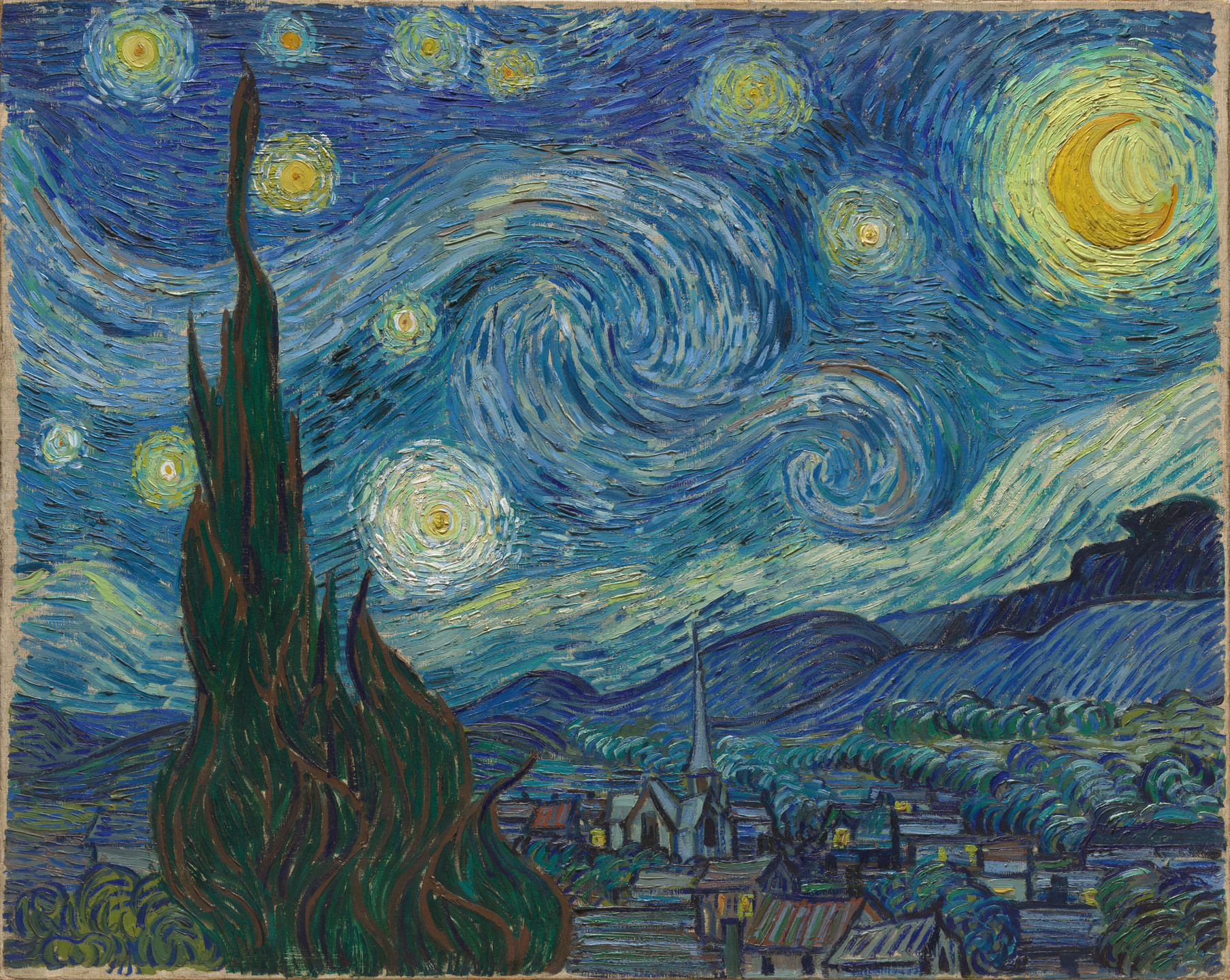
Vincent van Gogh The Starry Night Saint Rémy, June 1889
- MoMA, Floor 5, 502 The Alfred H. Barr, Jr. Galleries
In creating this image of the night sky—dominated by the bright moon at right and Venus at center left—van Gogh heralded modern painting's new embrace of mood, expression, symbol, and sentiment. Inspired by the view from his window at the Saint-Paul-de-Mausole asylum in Saint-Rémy, in southern France, where the artist spent twelve months in 1889–90 seeking reprieve from his mental illnesses, The Starry Night (made in mid-June) is both an exercise in observation and a clear departure from it. The vision took place at night, yet the painting, among hundreds of artworks van Gogh made that year, was created in several sessions during the day, under entirely different atmospheric conditions. The picturesque village nestled below the hills was based on other views—it could not be seen from his window—and the cypress at left appears much closer than it was. And although certain features of the sky have been reconstructed as observed, the artist altered celestial shapes and added a sense of glow.
Van Gogh assigned an emotional language to night and nature that took them far from their actual appearances. Dominated by vivid blues and yellows applied with gestural verve and immediacy, The Starry Night also demonstrates how inseparable van Gogh's vision was from the new procedures of painting he had devised, in which color and paint describe a world outside the artwork even as they telegraph their own status as, merely, color and paint.
Publication excerpt from MoMA Highlights: 375 Works from The Museum of Modern Art, New York (New York: The Museum of Modern Art, 2019)
Vincent van Gogh produced emotional, visually arresting paintings over the course of a career that lasted only a decade. Nature, and the people living closely to it, first stirred his artistic inclinations and continued to inspire him throughout his short life. But rather than faithfully depicting his surroundings, he painted landscapes altered by his imagination. Van Gogh was seeking respite from plaguing depression at the Saint-Paul asylum in Saint-Rémy in southern France when he painted The Starry Night. It reflects his direct observations of his view of the countryside from his window as well as the memories and emotions this view evoked in him. The steeple of the church, for example, resembles those common in his native Netherlands, while the mountains in the background describe those in his surrounding landscape.
Publication excerpt from Modern Art & Ideas on Coursera
Examine a detailed 3-D model of The Starry Night that gives you a close-up view of the texture of the canvas and the artist's brushstrokes from various angles.
UNIQLO ArtSpeaks: Sheldon A. Clarke on Vincent van Gogh's The Starry Night
- Medium
- Oil on canvas
- Dimensions
- 29 x 36 1/4" (73.7 x 92.1 cm)
- Credit
- Acquired through the Lillie P. Bliss Bequest (by exchange). Conservation was made possible by the Bank of America Art Conservation Project
- Object number
- 472.1941
- Department
- Painting and Sculpture
-
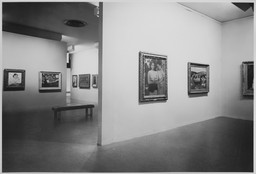
Painting, Sculpture, Prints May 24–Oct 15, 1944
-
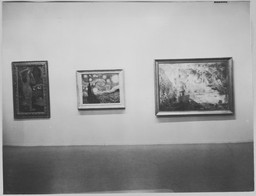
The Museum Collection of Painting and Sculpture Jun 20, 1945–Feb 13, 1946 2 other works identified
-
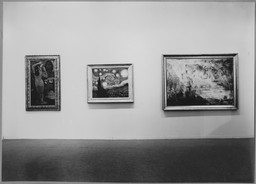
The Museum Collection of Painting and Sculpture Jun 20, 1945–Feb 13, 1946 2 other works identified
-
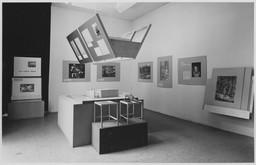
Designed for Children Jun 11–Oct 6, 1946 2 other works identified
-
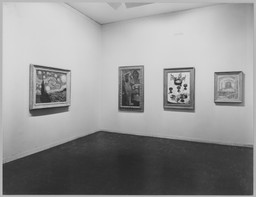
XXVth Anniversary Exhibition: Paintings from the Museum Collection Oct 19, 1954–Feb 6, 1955 2 other works identified
-
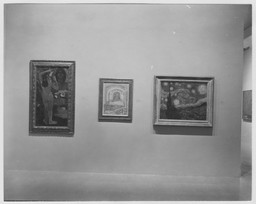
Art in a Changing World: 1884–1964: Painting and Sculpture from the Museum Collection May 27, 1964 1 other work identified
-
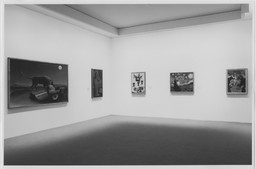
Selections from the Permanent Collection: Painting and Sculpture May 17, 1984–Aug 4, 1992 3 other works identified
-
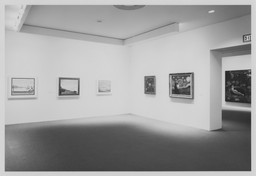
Selections from the Permanent Collection of Painting and Sculpture Jul 1, 1993 2 other works identified
-
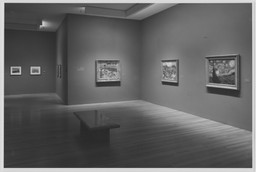
MoMA2000, ModernStarts, Places: French Landscape, The Modernist Vision, 1880-1920 Oct 28, 1999–Mar 14, 2000 1 other work identified
-
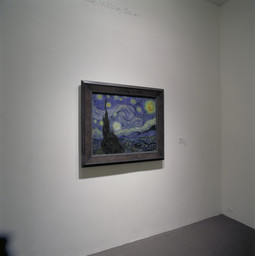
Collection Highlights May 8–10, 2002
-
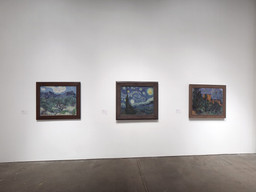
To Be Looked At: Painting and Sculpture from the Collection Jul 3, 2002–Sep 6, 2004 2 other works identified
-
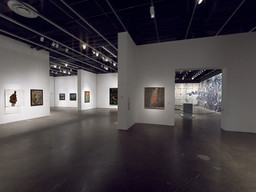
To Be Looked At: Painting and Sculpture from the Collection Jul 3, 2002–Sep 6, 2004 6 other works identified
-

Painting &
Sculpture II Nov 20, 2004–Aug 5, 2015 3 other works identified -
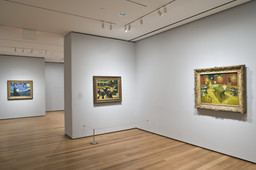
Van Gogh and the Colors of the Night Sep 21, 2008–Jan 5, 2009
-
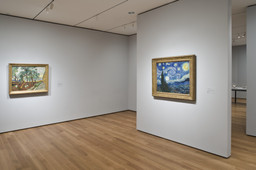
Van Gogh and the Colors of the Night Sep 21, 2008–Jan 5, 2009
-
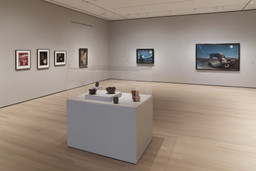
501: 19th-Century Innovators Fall 2019–Fall 2021 11 other works identified
-
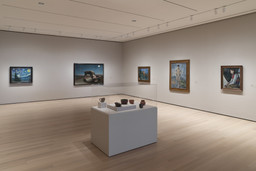
501: 19th-Century Innovators Fall 2019–Fall 2021 10 other works identified
-
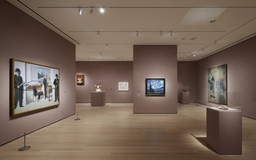
517: Surrealist Objects Ongoing 6 other works identified
-
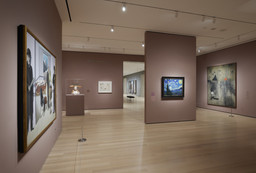
517: Surrealist Objects Ongoing 4 other works identified
-
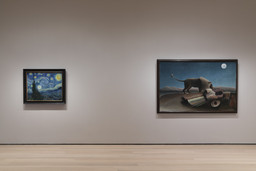
501: 19th-Century Innovators Fall 2019–Fall 2021 1 other work identified
-

502: Lillie P. Bliss Ongoing 2 other works identified
-
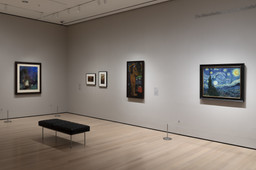
502: Lillie P. Bliss Ongoing 4 other works identified
-
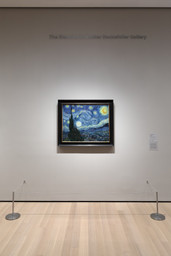
502: Lillie P. Bliss Ongoing
In 2018–19, MoMA collaborated with Google Arts & Culture Lab on a project using machine learning to identify artworks in installation photos. That project has concluded, and works are now being identified by MoMA staff.
If you notice an error, please contact us at [email protected].
This work is included in the Provenance Research Project, which investigates the ownership history of works in MoMA's collection.
June - September 1889, Vincent van Gogh, Saint-Rémy-de-Provence.
September 1889 - January 1891, Theo van Gogh (1857-1891), Paris, acquired from his brother Vincent van Gogh.
January 1891 - December 1900, Johanna (Jo) van Gogh-Bonger, Amsterdam, in trust for her son, Vincent Willem van Gogh, Amsterdam, inherited from Theo van Gogh.
December 1900 - February 1901, Julien Leclercq, Paris, purchased through Jo van Gogh-Bonger.
February 1901 - before July 1905, Claude-Emile Schuffenecker, Paris, acquired by exchange from Julien Leclercq.
By July 1905 - March 1906, Jo van Gogh-Bonger, Amsterdam, reacquired from Claude-Emile Schuffenecker.
[Oldenzeel Gallery, Rotterdam]
1906 - 1938, Georgette P. van Stolk (1867-1963), Rotterdam, purchased from/through Oldenzeel Gallery.
1938 - 1941, Paul Rosenberg Gallery, New York, purchased from Georgette P. van Stolk through Jacob-Baart de la Faille.
1941, The Museum of Modern Art, New York, acquired by exchange from Paul Rosenberg Gallery.
Provenance research is a work in progress, and is frequently updated with new information. If you have any questions or information to provide about the listed works, please email [email protected] or write to:
Provenance Research Project
The Museum of Modern Art
11 West 53 Street
New York, NY 10019
If you would like to reproduce an image of a work of art in MoMA's collection, or an image of a MoMA publication or archival material (including installation views, checklists, and press releases), please contact Art Resource (publication in North America) or Scala Archives (publication in all other geographic locations).
MoMA licenses archival audio and select out of copyright film clips from our film collection. At this time, MoMA produced video cannot be licensed by MoMA/Scala. All requests to license archival audio or out of copyright film clips should be addressed to Scala Archives at [email protected]. Motion picture film stills cannot be licensed by MoMA/Scala. For access to motion picture film stills for research purposes, please contact the Film Study Center at [email protected]. For more information about film loans and our Circulating Film and Video Library, please visit https://www.moma.org/research-and-learning/circulating-film.
If you would like to reproduce text from a MoMA publication, please email [email protected]. If you would like to publish text from MoMA's archival materials, please fill out this permission form and send to [email protected].
This record is a work in progress. If you have additional information or spotted an error, please send feedback to [email protected].
Youtube Kids Can Draw Starry Night
Source: https://www.moma.org/collection/works/79802
0 Response to "Youtube Kids Can Draw Starry Night"
Post a Comment